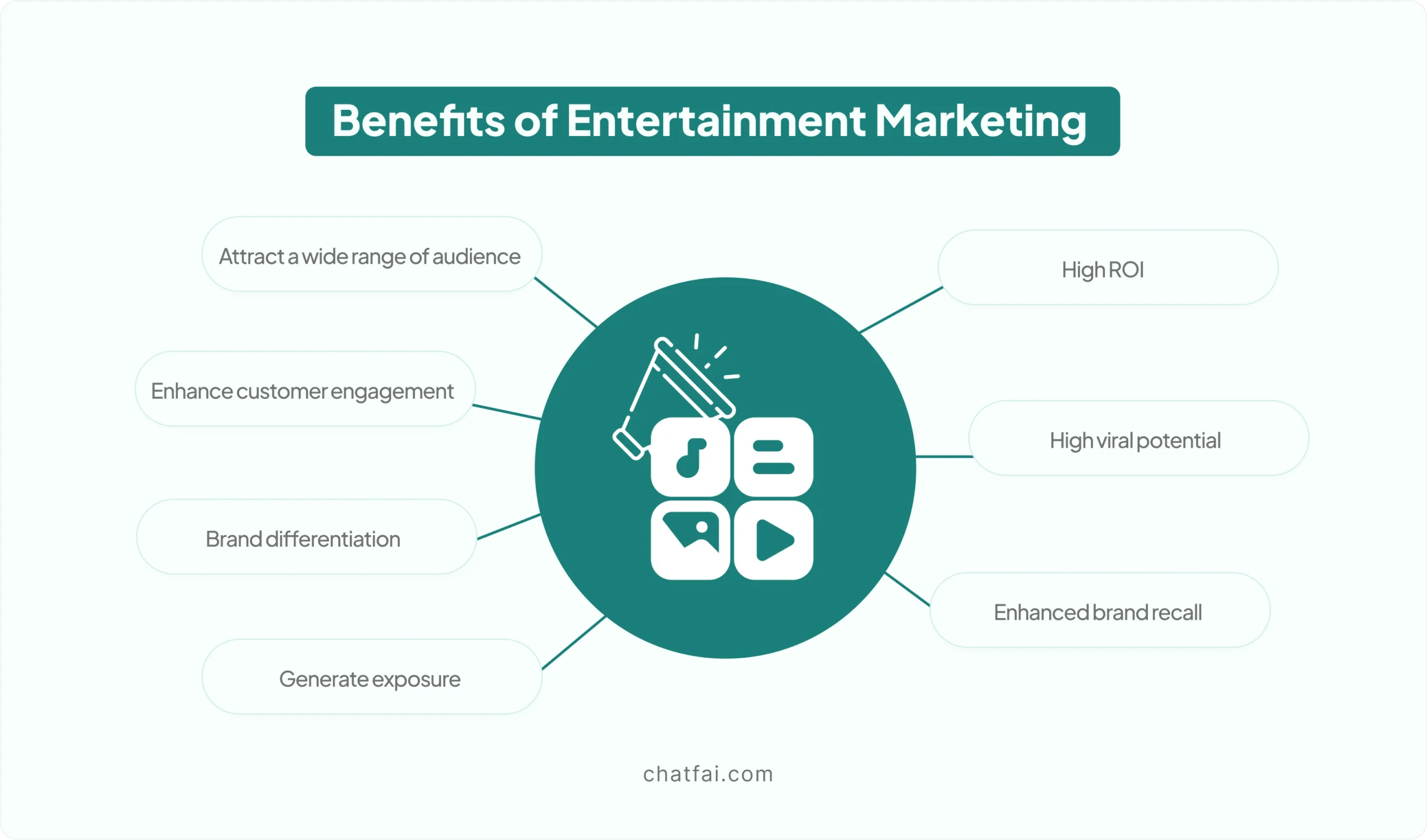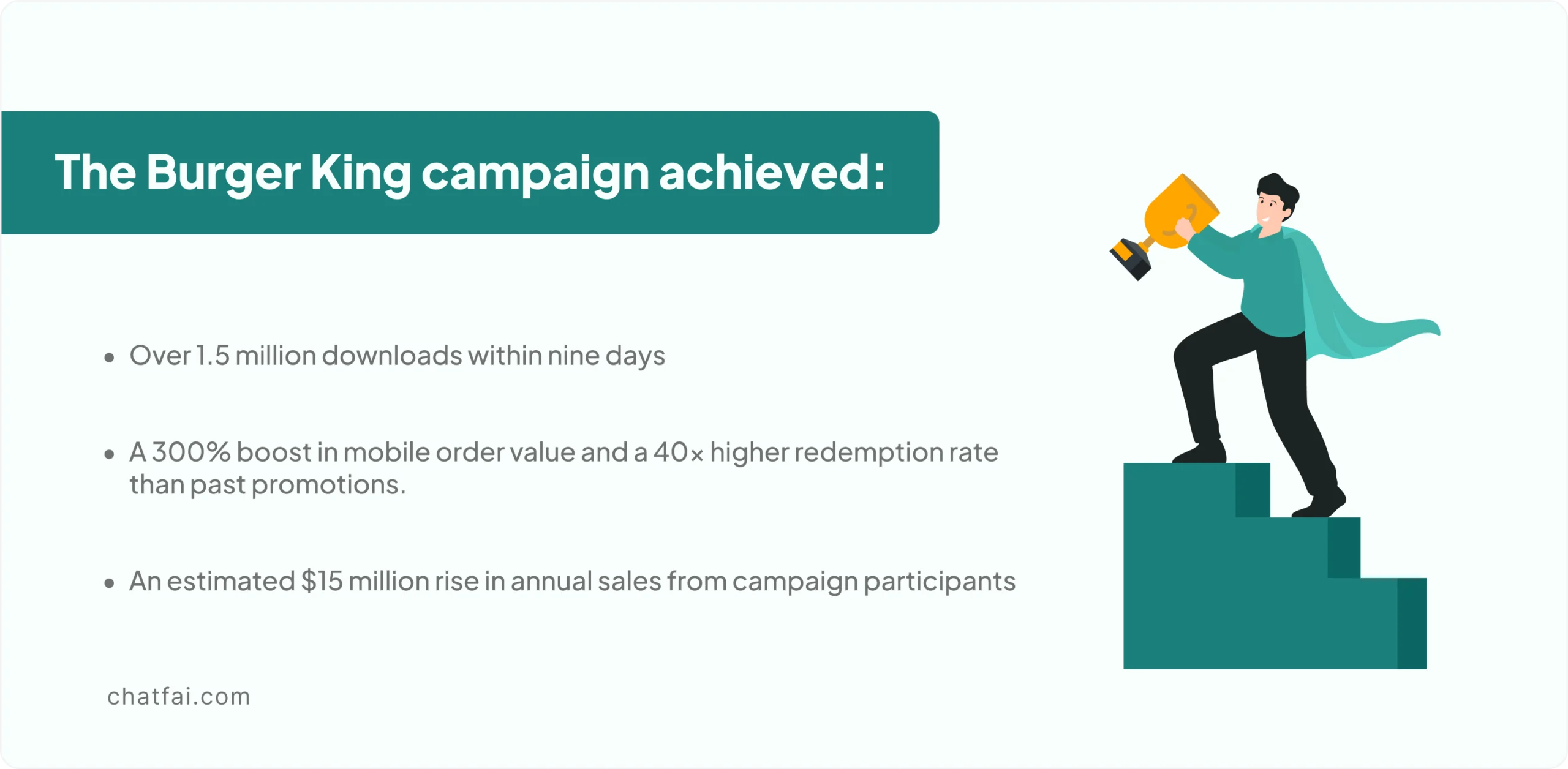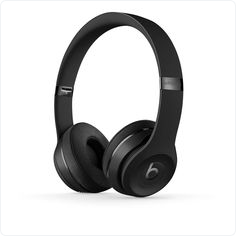Ever notice how some brands effortlessly capture our attention, making their mark through movies, music, and viral moments?
That’s the magic of entertainment marketing. It’s not just about selling a product—it’s about creating an experience that sticks with people.
This blog will explore 11 powerful entertainment marketing strategies to help your brand break through the noise and truly engage with your audience.
Ready to discover the secret sauce to memorable marketing? Let’s get started!
What is Entertainment Marketing?
Have you noticed the TV ads in a particular movie or brand’s integration into media? That’s entertainment marketing. It’s the blend of marketing and entertainment to create a narrative that leaves a lasting impression on viewers.
The primary purpose of entertainment marketing is not to advertise a product but rather to make it an intrinsic part of entertainment. It’s a soft marketing style to promote the brand without being too salesy.
Entertainment marketing could include TV shows, movies, online streaming, music, internet content, etc.
Now that you know entertainment marketing, scroll down to understand its benefits.
Benefits of Entertainment Marketing
Integrating marketing into entertainment would greatly attract a mass audience, get viewership, and gain revenue. Here are the benefits of entertainment marketing:

Top 11 Entertainment Marketing Strategies For Brands
Here are the top entertainment marketing strategies for brands:
1. Celebrity Endorsements
Celebrity endorsements are a powerful way to connect with audiences because fans feel a personal bond with their favorite stars, making the products they endorse instantly more appealing.
When a well-known celebrity promotes a brand,
- It grabs attention
- Boosts credibility
It makes a product seem like the “must-have” of the season.
This strategy works exceptionally well in entertainment marketing, where personalities and charisma drive engagement.
By associating a product or service with a beloved figure, brands tap into their popularity and social influence, creating an effortless connection between the fans’ love for the celebrity and curiosity about what they endorse.
Nike is a pro when it comes to celebrity endorsements. The brand collaborates with celebrities like Cristiano Ronaldo, LeBron James, and Michael Jordan so the audience can build emotional connectivity and see the elite quality of Nike’s products, which boosts the spirit.
2. Original Branded Content
Engaging audiences with original branded content is about creating something exciting that resonates with viewers’ lifestyles instead of directly pushing a product.
Red Bull is a prime example of this approach. They’re known for thrilling extreme sports videos that highlight adrenaline-packed stunts and adventurous lifestyles.
The videos don’t focus on Red Bull itself but showcase an attitude of boldness and energy that aligns perfectly with the brand.
By offering viewers the content they love to watch, Red Bull has built a community that shares the brand’s passion for adventure.
This makes it feel less like advertising and more like a lifestyle everyone wants to participate in.
3. Collaborations with Entertainment Productions
Collaborating with entertainment productions can weave a brand into iconic storytelling. BMW’s product placements in James Bond movies are a classic example of this strategy.
By placing their cars alongside the thrill, elegance, and action of Bond’s world, BMW amplifies its image as a luxurious, high-performance brand.
These sleek, high-speed chases and daring stunts naturally link BMW with excitement and sophistication, making viewers feel like the car is part of the Bond experience.
This approach keeps BMW at the top of my mind as the go-to for luxury and thrill, blending seamlessly into cinematic magic.
4. Gamification
Gamification is a unique marketing technique that engages customers and generates sales effortlessly.
For instance, in 2018, Burger King integrated gamification into an entertainment marketing strategy. The idea was to create a “Whooper Detour” where customers could purchase one whooper for just one cent.
However, customers can only place orders within 600 feet of McDonald’s. Customers can place their orders, and the app will redirect them to the nearest Burger King.
And what were the stats?

5. Experiential Marketing
Do you remember Coachella’s partnership with Sephora, where users could try products via pop-up stores? That’s experiential marketing.
It’s a kind of entertainment marketing where customers can experience a product before purchasing it.
According to Forbes, xn marketing can build a long-lasting connection between customers and brands and helps brands collect vital customer data.
The debate about choosing peanut M&Ms or plain M&Ms may always get heated. Therefore, M&M used an immersive pop-up in New York City to select its next flavour.
The experience included “flavor rooms” with unique décor and scents specific to a certain flavor.
6. Virtual Events and Concerts
With its spectacular virtual performances, including Travis Scott and Ariana Grande, Fortnite elevated this to a new level. In the lively Fortnite realm, players may join in on the fun, dancing and taking in live concerts.
Fans worldwide joined for a vast, interactive party that redefined the live music experience. It was more than simply a concert.
These virtual gatherings demonstrate how entertainment can transcend boundaries and provide lifelong memories in the digital era.
7. Partnering with Social Media Influencers
Just like celebrity endorsements, partnering with social media influencers is a seamless way to incorporate entertainment marketing strategies into your business.
Research shows that celebrity or influencer endorsements transfer people to the brand when they have an enabling, enticing, and enriching association.
However, choosing the social media influencers that align with the business’s vision would be an uphill task.
For example, Pepsi’s “Your Wildest Dreams” campaign with influencers like Cardi B created viral moments that:
- Enhanced brands’ presence
- Increase viewership
- Drive engagement
8. Integration with Music Videos and Streaming Platforms
Integrating brands into music videos and streaming is a slick way to connect with fans.
Beats by Dre nailed this by appearing in many music videos and blending right in with top artists. It didn’t just become a pair of headphones; it became part of the music culture itself.

Seeing Beats in videos made it feel like the go-to for anyone serious about sound and style. Now, it’s not just gear; it’s a symbol of the music scene, right in step with every beat.
9. Branded Podcasts or YouTube Series
Creating branded podcasts or YouTube series is a smart way to share a brand’s story while keeping listeners hooked.
GE’s podcast, The Message, is a great entertainment marketing example. It’s a sci-fi story that pulls listeners into a mysterious, futuristic world while subtly highlighting GE’s focus on innovation.
By blending entertainment with brand values, GE turned a podcast into an experience, building interest in the brand without a single traditional ad.
GE captivated listeners and highlighted its tech-forward focus. This approach allowed for an emotional brand connection beyond typical advertising.
The podcast earned high ratings (4.9/5) and critical acclaim, broadening GE’s reach and positioning it as an innovative leader in technology.
10. Sponsorships and Co-branding with Entertainment Agencies
Sponsorships and co-branding with entertainment agencies bring brands into the spotlight, creating iconic associations.
Heineken’s partnership with James Bond movies is a perfect example. This isn’t just product placement; Heineken is part of Bond’s world.
In scenes where Bond reaches for a drink, the Heineken bottle on the table becomes a symbol of sophistication, seamlessly blending into the glamorous, action-packed world of 007.

This co-branding makes Heineken more than a beer; it becomes part of the Bond lifestyle, adding an edge of cool, global intrigue that fans can connect with sip by sip.
11. Entertainment-Focused Social Media Campaigns
Entertainment-focused social media campaigns make shows even more exciting by inviting fans into the action.
Netflix nailed this with Stranger Things on Instagram, transforming their feed into a creepy, interactive “Upside Down.”
Fans uncovered clues, interacted with characters, and pieced together puzzles that made them feel part of the Stranger Things world.
This creative approach kept fans talking, guessing, and excited for the show, proving how social media can make storytelling fun and engaging.
ChatFAI – Your Ultimate Marketing Expert
Do you want some ideas for integrating entertainment into marketing? ChatFAI is an AI chatting tool that processes user input and provides contextually correct answers.
All you need to do is create the sign-up and create the character that is an expert entertainment marketing strategist.
Here’s how the character provides entertainment marketing examples according to my business:

Wrap Up
That’s all you need to know about entertainment marketing strategies.
Knowing how to integrate entertainment into your marketing strategies would be great whether you’re a small business owner or a big name.
By then, people will associate the brand with a particular TV show or a celebrity.
If you’re unsure how to choose the best entertainment marketing strategy for your business, ChatFAI offers expert help.
FAQs
What is an example of entertainment advertising?
Promotional interviews are a prime example of entertainment advertisement. Moreover, product placement and celebrity endorsement are successful business marketing strategies.
What are the top forms of entertainment marketing?
There are multiple ways you can use entertainment in business marketing. To name a few:
- Celebrity endorsement
- Brand’s collaboration
- Branded podcast and series
- Virtual events
- Cobranding
How do I become an entertainment marketer?
Here’s an essential roadmap to becoming an entertainment marketer:
- Learn the basics and enrol yourself in a course to learn the ins and outs of entertainment marketing.
- Next, collaborate with small businesses to apply your learnings and get some experience.
- Gather testimonials and bid on large projects.